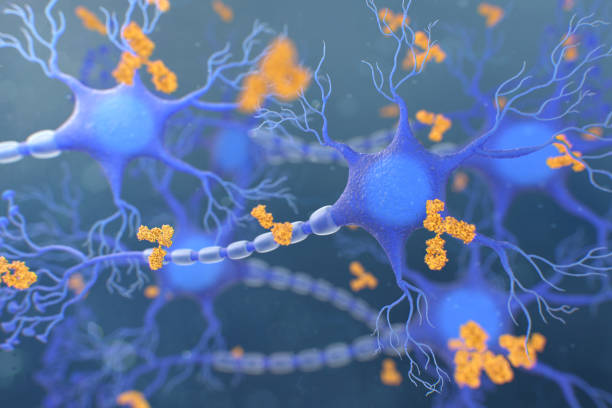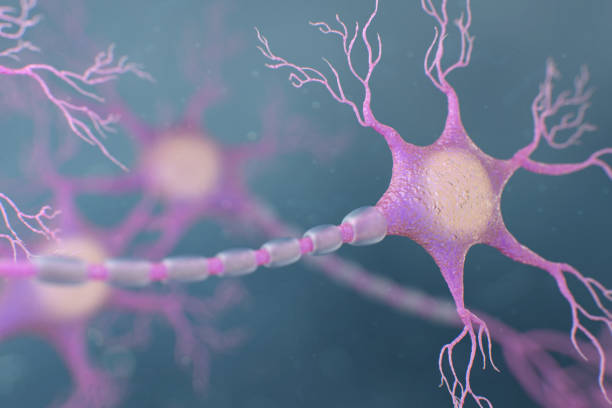“5 Alarming Facts About Antimicrobial Resistance in India — A Growing Public Health Crisis”
📖 Table of Contents
-
Introduction
-
Understanding Antimicrobial Resistance (AMR)
-
The Current Status of AMR in India (2025 Update)
-
Causes and Risk Factors
-
The Role of Over-the-Counter (OTC) Antibiotic Sales
-
Impact on Public Health and Economy
-
Government Response and National Action Plan (NAP-AMR)
-
Global Perspective: India’s Role in the AMR Challenge
-
Preventive Measures and Long-Term Strategies
-
Public Awareness and Education Campaigns
-
Expert Opinions and Research Insights
-
Future Outlook: Can India Control the AMR Surge?
-
Conclusion
“5 Alarming Facts About Antimicrobial Resistance in India — A Growing Public Health Crisis”
🩺 1. Introduction
Antimicrobial Resistance in India has reached crisis levels, threatening the nation’s healthcare and economy.
In simple terms, antimicrobial resistance (AMR) occurs when microbes such as bacteria, viruses, fungi, and parasites evolve to resist the effects of drugs designed to kill them.
This means infections once easily curable — like pneumonia, tuberculosis, urinary tract infections, or blood infections — are becoming harder, and sometimes impossible, to treat.
According to WHO, India accounts for nearly one-third of the global AMR burden, making it one of the top priority countries in the global AMR surveillance system.
“5 Alarming Facts About Antimicrobial Resistance in India — A Growing Public Health Crisis”
🧫 2. Understanding Antimicrobial Resistance (AMR)
Antimicrobials (like antibiotics, antivirals, antifungals, and antiparasitics) are medicines used to treat infections.
When these drugs are overused or misused, microorganisms mutate and develop resistance.
As a result:
-
Common infections no longer respond to standard treatments.
-
Newer, more expensive antibiotics must be used.
-
The risk of death and complications increases dramatically.
💡 Example: In India, Klebsiella pneumoniae — a common cause of hospital infections — has shown over 50% resistance to carbapenems, a “last-resort” antibiotic.
“5 Alarming Facts About Antimicrobial Resistance in India — A Growing Public Health Crisis”
📊 3. The Current Status of AMR in India (2025 Update)
Recent data from the Indian Council of Medical Research (ICMR) and World Health Organization (WHO) highlights some alarming trends:
-
70% of ICU patients in Indian hospitals have infections resistant to one or more antibiotics.
-
Colistin resistance — once the last defense — is seen in nearly 20% of cases.
-
Antibiotic consumption in India rose by over 100% between 2010 and 2024.
-
NDM-1 (New Delhi Metallo-beta-lactamase) enzyme has made several bacterial strains virtually untreatable.
The ICMR-AMR Surveillance Network (AMRSN), established in 2013, continues to track this data, but gaps remain in rural and private healthcare sectors.

⚠️ 4. Causes and Risk Factors
Antimicrobial Resistance in India is multifactorial, driven by both human and environmental behavior.
🔹 1. Overuse and Misuse of Antibiotics
Patients often take antibiotics without prescriptions, or stop taking them early — allowing bacteria to survive and mutate.
🔹 2. OTC (Over-the-Counter) Availability
In many Indian pharmacies, antibiotics are sold freely without medical advice.
This self-medication culture fuels misuse.
🔹 3. Misuse in Agriculture and Animal Farming
Farmers use antibiotics in livestock for growth promotion and disease prevention, leading to drug residues in food and spreading resistance to humans.
🔹 4. Poor Infection Control
Hospitals often lack infection prevention protocols, especially in smaller clinics, allowing resistant bacteria to spread easily.
🔹 5. Lack of Awareness
Public understanding of antibiotic misuse remains very low, even among educated populations.
💊 5. The Role of Over-the-Counter (OTC) Antibiotic Sales
The unregulated sale of antibiotics is one of India’s biggest AMR accelerators.
Many people purchase medicines from chemists without prescriptions, relying on past experiences or advice from non-medical sources.
Even though India’s “Red Line Campaign” was launched to discourage this, enforcement remains weak.
Out of more than 8 lakh pharmacies, only a fraction are monitored regularly.
👉 Result: Antibiotics like azithromycin, cefixime, and amoxicillin are used irrationally — even for viral infections like the common cold.
“5 Alarming Facts About Antimicrobial Resistance in India — A Growing Public Health Crisis”
🏥 6. Impact on Public Health and Economy
The human and economic toll of antimicrobial resistance in India is staggering:
-
Over 700,000 deaths annually are attributed to drug-resistant infections.
-
The economic loss is estimated at over $13 billion per year due to longer hospital stays and costly medications.
-
The tuberculosis (TB) program is struggling, with 1 in 5 TB cases now multidrug-resistant (MDR-TB).
If AMR continues unchecked, routine surgeries and childbirth could once again become life-threatening due to untreatable infections.

🏛️ 7. Government Response and National Action Plan (NAP-AMR)
To combat AMR, India launched the National Action Plan on AMR (2017–2025) with these goals:
-
Improve Awareness & Education
-
Strengthen Surveillance & Research
-
Reduce Infection through Hygiene & Sanitation
-
Optimize Use of Antimicrobial Agents
-
Promote Innovation & Research
-
Build Partnerships (One Health Approach)
Key Initiatives:
-
ICMR-AMRSN: National surveillance network.
-
FSSAI regulations: Control antibiotic residues in food.
-
National Health Mission (NHM): Integration of AMR control.
-
Red Line Campaign: Marking prescription-only drugs.
However, implementation remains uneven, especially in rural and private sectors.
🌍 8. Global Perspective: India’s Role in the AMR Challenge
India is considered a global hotspot for AMR because of its massive population, unregulated drug markets, and dense hospital systems.
Drug-resistant bacteria from India — like NDM-1 gene carriers — have spread globally, emphasizing that AMR knows no borders.
At the same time, India’s robust pharmaceutical industry can play a leading role in developing new antimicrobial drugs and stewardship programs.
🧩 9. Preventive Measures and Long-Term Strategies
✅ Rational Prescription Practices
Doctors must follow antibiotic stewardship guidelines to minimize unnecessary use.
✅ Restrict OTC Sales
Strict enforcement of prescription-only sales can dramatically reduce misuse.
✅ Public Awareness
Nationwide education campaigns, especially in local languages, are vital.
✅ Hygiene and Sanitation
Improved waste disposal, clean water, and infection control can reduce disease spread.
✅ Research and Innovation
Encourage development of new antibiotics and rapid diagnostic tools.
📣 10. Public Awareness and Education Campaigns
India’s “Red Line Campaign”, WHO’s World AMR Awareness Week, and local NGO efforts have raised awareness, but more community-level programs are needed.
📍 Example: Schools, colleges, and local clinics can host “Antibiotic Awareness Days” to teach when antibiotics are not necessary (e.g., for viral infections like cold or flu).
🧑🔬 11. Expert Opinions and Research Insights
According to Dr. Balram Bhargava (ICMR Director-General):
“India is on the frontlines of the AMR war. Strengthening surveillance, restricting misuse, and improving sanitation are key to reversing the trend.”
Global experts also emphasize One Health, which connects human, animal, and environmental health under a unified AMR strategy.
🔮 12. Future Outlook: Can India Control the AMR Surge?
Yes — but only through collective responsibility.
India’s success will depend on:
-
Strict drug regulation
-
International collaboration
-
Public-private partnerships
-
and continuous innovation in diagnostics and treatments
If these steps are taken seriously, India could set a global example in combating antimicrobial resistance.
“5 Alarming Facts About Antimicrobial Resistance in India — A Growing Public Health Crisis”
🧾 13. Conclusion
Antimicrobial Resistance in India is no longer a silent threat — it’s a national emergency.
Unregulated antibiotic use, poor sanitation, and lack of awareness are pushing India closer to a post-antibiotic era, where even minor infections could become deadly.
But with strong policy enforcement, awareness, and innovation, India has the potential to turn the tide against AMR and protect the future of healthcare.






More Stories
🌟 Hindi Call to Help Lions Celebrate Diwali Festival 2025: A Heartwarming Step Towards Compassion
🌟 Bhai Bij 2025: Ultimate Guide to the Sacred Bond of Brother and Sister
🌟 Laxmi Mata Ki Aarti 2025-Lyrics, Powerful Meaning & Benefits (लक्ष्मी माता की आरती)